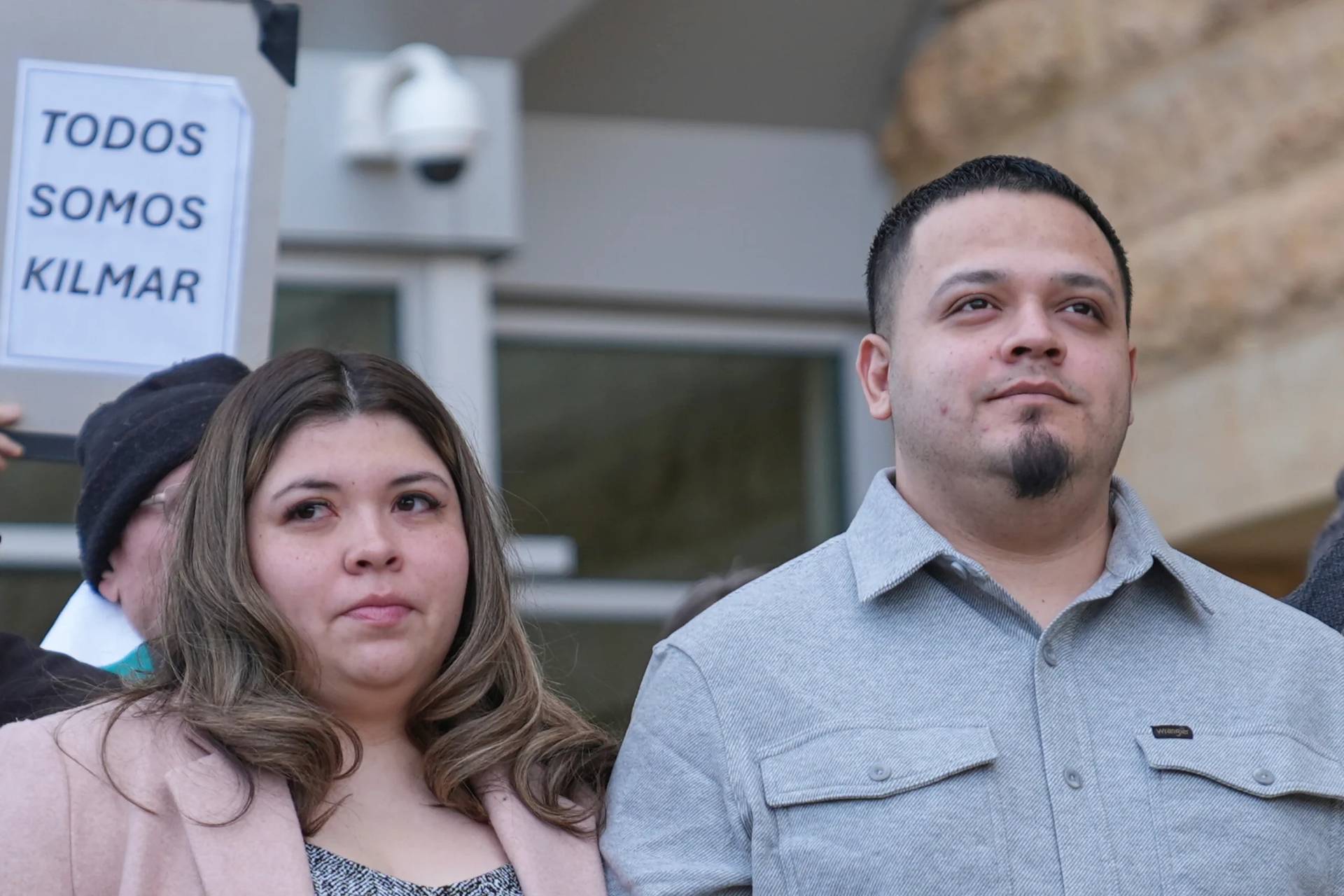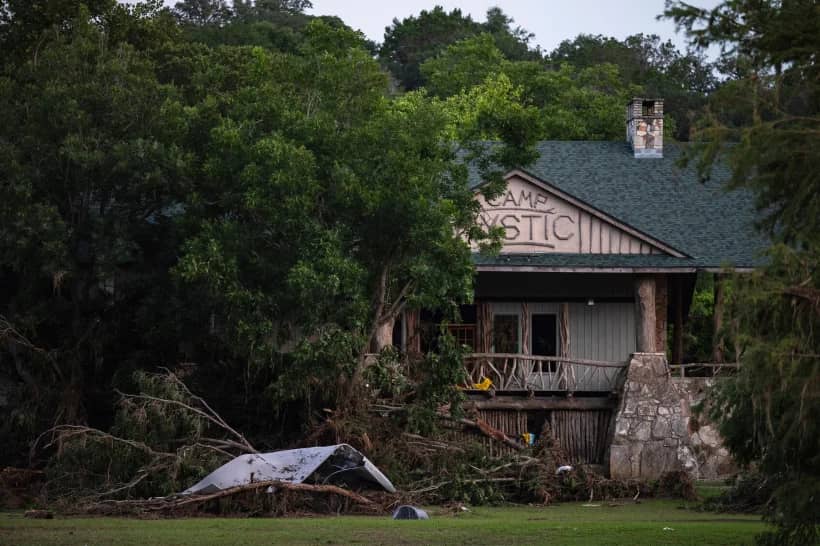Catholic schools around the United States are retooling for an uncertain future after the coronavirus pandemic. Many schools have earned praise for their rapid transitions to online learning and creative outreach to families, but others have suffered financial death blows and announced that they will not reopen in the fall.
Catholic school closures are not unique to 2020 – an annual report by the National Catholic Education Association (NCEA) found that there were 911 fewer Catholic schools in the United States this year than there were in 2010 – but indications are that the health crisis is exacerbating funding and enrollment issues that were already endangering some schools.
For example, the Diocese of Camden recently announced the permanent closure of five schools, citing both declines in registrations over the past five years and the anticipated financial impact of the pandemic as a final compounding factor in their “sobering and painful” decision. Similar closures have happened in Harrisburg, Galveston-Houston, and Fall River.
As previously reported by Crux, during an conference call on April 24, Cardinal Timothy Dolan of New York and Cardinal Sean O’Malley of Boston appealed directly to President Donald Trump for tuition assistance for families sending children to Catholic schools as many dioceses are seeing a steep decline in enrollment for next fall.
RELATED: Trump says he’s ‘best president in history of the church’ in call with Catholic leaders
“I don’t want to be a doomsday person at all, but things are very fragile right now,” Kathy Mears, interim president of the NCEA, told Crux. “Parents do not have the money to pay tuition right now, period. It’s not that they don’t want to… many are asking for extended time to pay in hopes that they’ll get back to work.”
The inability of parents to make their tuition payments presents a major problem for schools, explained Mears, because so many Catholic schools have become increasingly dependent on tuition as parish subsidies have declined over recent years.
“The future is always uncertain, even when we’re not in a pandemic, so we’ll trust God and go forward,” said Mears. “If we’re going to have fewer Catholic schools, we’ll have fewer, but the ones we have will be great, and the Church will miss the ones that close, because schools are still the best evangelization tool the Church has.”
John Galvan, director of the Office for Schools for the Diocese of San Diego, remains optimistic, telling Crux, “The single greatest differentiator is the fact that we are Church.” This ecclesial reality, he believes, has provided the strong ties between teachers, administrators, students, and families that have enabled San Diego’s schools to successfully “turn our educational delivery on a dime.”
Without dismissing the reality of impending financial strains on the system, Galvan said that his primary concern at this stage is a different type of fragility.
“My biggest concern is wellness. I’m concerned about parent wellness, student wellness, and teacher wellness,” he explained.
“If there’s any place in our American Church where we have really shined over the last couple of months, it’s in the ministry of Catholic school education as our teachers across the country have risen to their ministry to meet the needs of their kids,” he continued. “But our members are getting fatigued, they’re getting tired.”
Speaking with Crux the morning after the conclusion of NCEA’s annual conference, which drew 7,000 teachers – a significant increase from the 4,000 to 5,000 who usually participate – Mears also highlighted the strain that the pandemic has placed on teachers.
“Teachers told us that what they need most of all is help with social and emotional learning, so that they can support their students and help them feel safe and secure during this time,” she said.
Courtney Ryan, who teaches second grade at Lakewood Catholic Academy on the outskirts of Cleveland, Ohio, characterized the past month as an unfolding traumatic event that has hit her young students especially hard. She told Crux that her main priority has been her second graders’ spiritual and emotional wellness.
“It has been a very humbling experience, but it has also really affirmed why I went into education, and Catholic education more specifically,” she said. “During this period of trauma, I’m able to pray with my students, recognize what we’re grateful for and offer that up to God, and ask God for help.”
Antonio Mari, a theology teacher and campus minister at Chaminade-Madonna College Preparatory in Hollywood, Florida, has seen a similar need for spiritual and emotional support among his high school students, telling Crux, “It’s very painful knowing that for some kids, school is really their safe space, so not knowing how they’re doing or knowing that they’re stuck in tough situations is very hard.”
Ministry in this setting now ranges from weekly Zoom meetings with student leaders – “They just need a safe space to check in and be goofy, be themselves” – to an Instagram account that Mari runs to keep the school’s students and broader community engaged with their Marianist traditions, such as their Three O’clock Prayer.
Teachers like Ryan and Mari should be thought of as spiritual first responders, Clare Kilbane, professor and Catholic education liaison for the McGrath Institute for Church Life at the University of Notre Dame, told Crux.
“These teachers were already first responders in many ways, but now they’re responding to the needs of their students that have been exacerbated by the pandemic,” she said. “Not only are the impacts of job and food insecurity being experienced in much larger numbers in Catholic schools, but many more kids are also needing spiritual first response as they wrestle with tough questions, such as where is God in the midst of this suffering.”
Over the past month, Kilbane has been assisting school administrators with the challenge of replicating for an online world as much of what goes on within the physical walls of their schools as possible.
Kilbane sees this moment as a real opportunity for reflection on what makes Catholic schools unique. “Many of the key pieces that are integral to the operations of an embodied, face-to-face Catholic school community become invisible; now, we have a chance to make those apparent again and intentionally recreate them,” she explained.
“If they don’t do that,” she warned, “they run the risk of it not being clear what the Catholic school experience is, which could become a big problem for them in the near future.”
Kilbane said that she has been encouraged by the creativity and resilience of schools she has worked with such as St. Brigid of Kildare in Columbus, Ohio, which has taken concrete steps to discern and meet the material and spiritual needs of its families.
“We put out a survey to all of our families, which included a question about the need for food or other types of support, and we asked parents to indicate whether their child is okay, somewhat okay, or seriously concerned,” Kathy O’Reilly, St. Brigid’s principal, told Crux. School leaders then made personal phone calls to each “somewhat okay” or “seriously concerned” respondent and established a fund for tuition assistance for families in dire need.
O’Reilly also noted that families have responded well to the school’s efforts to engage them with a host of spiritual practices ranging from daily lectio divina embedded in teachers’ lesson plans to a livestream edition of their usual Thursday school Masses, which features petitions that recognize students and teachers and a homily directed at the children.
As teachers and school administrators primarily deal with pressing immediate and short-term needs, people like Kilbane, Galvan, and his associate director Julie Cantillon have been assessing the long-term implications of the current moment.
In San Diego, Galvan and Cantillon said they are tracking their re-enrollment season and thinking about alternative educational models that may emerge from the pandemic, such as a hybrid that includes some remote, at-home delivery of education.
Cantillon said that the crisis also has provided an occasion for educators to rethink the purpose and methods of instruction to focus in on what’s most important. “It’s not about the work, it’s about the thinking. It’s about really prioritizing the most essential types of thinking that we want to promote,” she said, noting that this insight has come primarily from the teachers themselves.
“We’ll never design again thinking a major disruption of physical interactions in a school building isn’t a possibility,” said Kilbane. “We’ll never design thinking that school only happens in a building, in the same way we’re currently learning to appreciate that Church is more than a building.”















